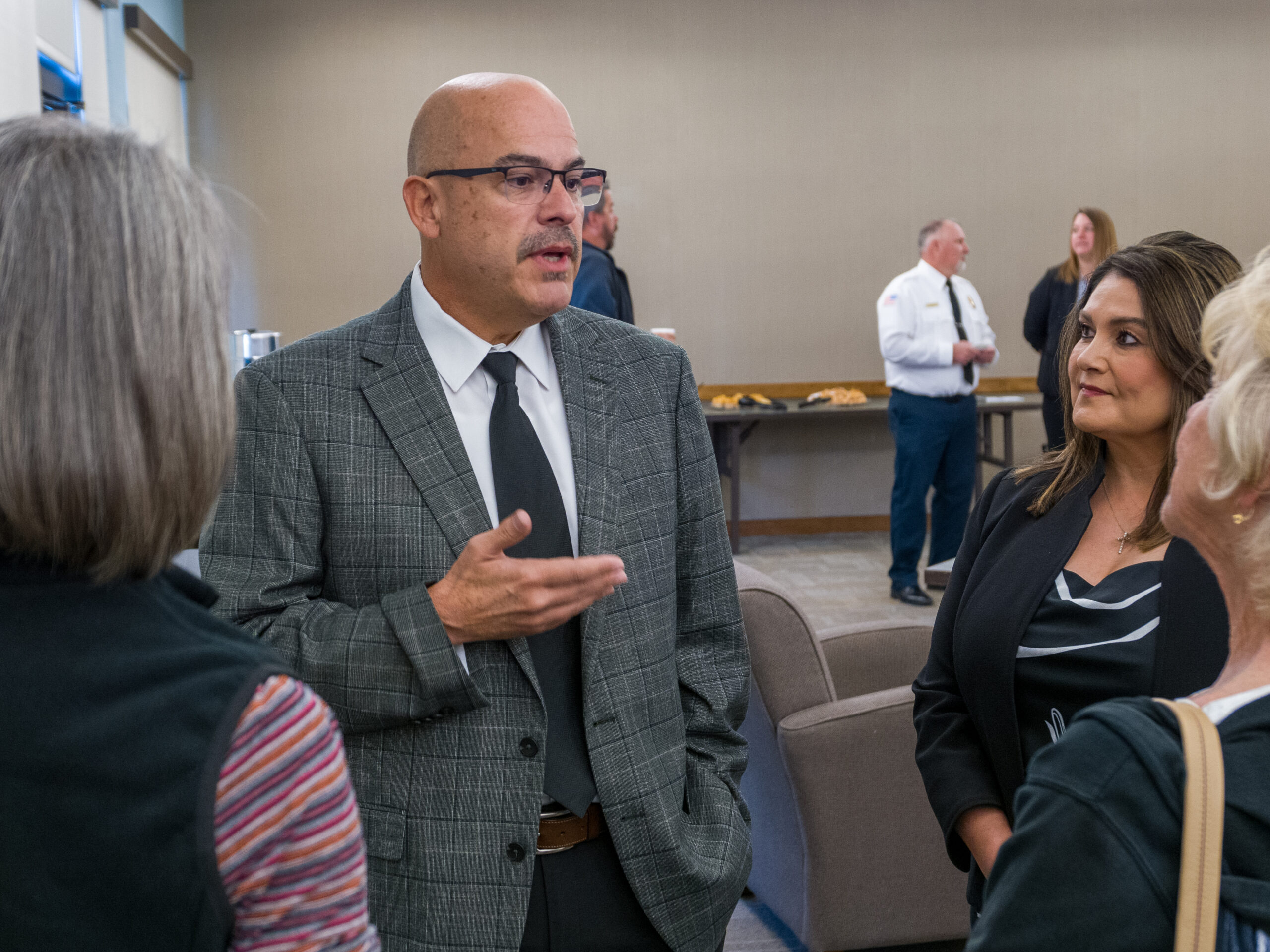The launching of a manned rocket into space is the epitome of our species, viewed with awe, wonder and pride. It is the cumulation of 4,000 years of mathematics and metallurgy, physics and faith as we lob a metal box to sail the skies alongside the Chariot of Helios and safely return the passenger back to Earth.
Last week, John Glenn died at the age of 95. Glenn was the last surviving member of the Mercury Seven, the original corps of NASA astronauts. Each of the Mercury Seven accomplished a plethora of firsts for our nation and our species. Alan Shepard was the first American in space. Glenn was the first American to orbit the Earth. Walter Schirra flew the first craft to conduct a manned rendezvous in orbit.
 |
|
The Mercury 7 in 1960, back row: Alan Shepard Jr. (1923–1998), Virgil “Gus” Grissom 1926–1967) and Gordon Cooper Jr. (1927–2004); front row: Walter “Wally” Schirra Jr. (1923–2007), Donald “Deke” Slayton (1924–1993), John Glenn Jr. (1921–2016) and Scott Carpenter (1925–2013). Photo courtesy of NASA - Advertisement -
|
These seven paved the way for 21 corps of 339 NASA astronauts, and a total of 558 men and women from more than 36 countries.
While the majority of the later corps are scientists who enter orbit to conduct experiments, all of the first astronauts were test pilots drafted from branches of the military who had to prove they had the “right stuff” to be considered for space travel. They were willing to fly in highly technical equipment where the difference of a degree in flight angle or a few pounds of pressure meant life or death.
Some have died to get our species that much closer to the stars. Glenn’s colleagues “Gus” Grissom, Edward White and Roger Chaffee burned to death on the launchpad of Apollo 1 in 1967. Seven astronauts died after takeoff in the Space Shuttle Challenger in 1986 and seven more when the Space Shuttle Columbia broke apart while reentering the atmosphere in 2003.
Of all the stories I have covered for this newspaper, the best to date was the dedication speech for the Discovery Channel Telescope in the summer of 2012 given by NASA astronaut Neil Armstrong, his last public appearance about a month before he died.
In his speech, Armstrong described his first steps on the moon with the type of humility we expect from astronauts — he was just a technician whose mission was to place mirrors on the surface of the moon for scientists back on Earth. After all, the astronauts do not make the journey alone; they are supported by tens of thousands of mathematicians, physicists, engineers and technicians who build, plan and prepare the capsules and vessels that send these men and women into the skies, calculate their trajectories and bring them back to their soil.
Armstrong and Glenn were just flesh-and-blood men, no different from any of us, but they accomplished wonders dreamed of by our ancestors since we first named the stars.
Space travel will continue be more economical, safer and easier in the future, should we survive, by avoiding self-annihilation from nuclear war or environmental catastrophe. To this end, Glenn wrote legislation as a two-term U.S. senator to support the nonproliferation of nuclear weapons. In 1998, he went to space for the last time so scientists could study the effects of space travel on a 77-year-old body, still eager to offer himself as an experiment.
Until astronauts and cosmonauts broke the dome of heaven, only poets, philosophers, authors and comic book artists could imagine what lay beyond the blue sky and black construction paper night. They were pioneers who risked their lives to give us a glimpse at our future long after we journey away from Earth to other worlds around other stars.
Even as our descendants build human colonies on other spheres in centuries hence, Glenn and his compatriots will still serve as inspiration to dream the impossible and reach beyond our limits.
Christopher Fox Graham
Managing Editor


